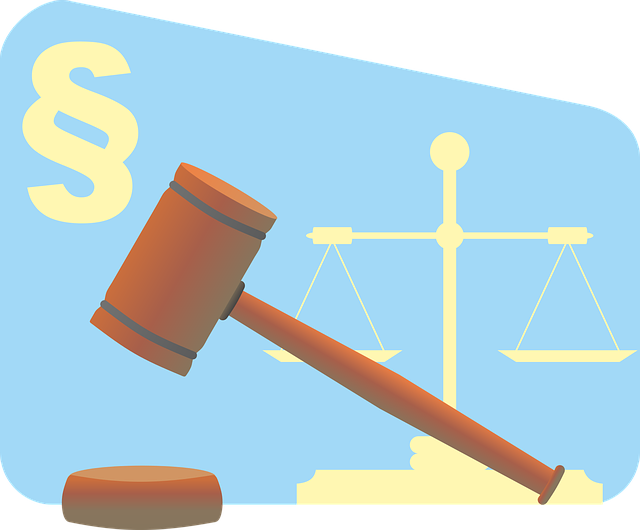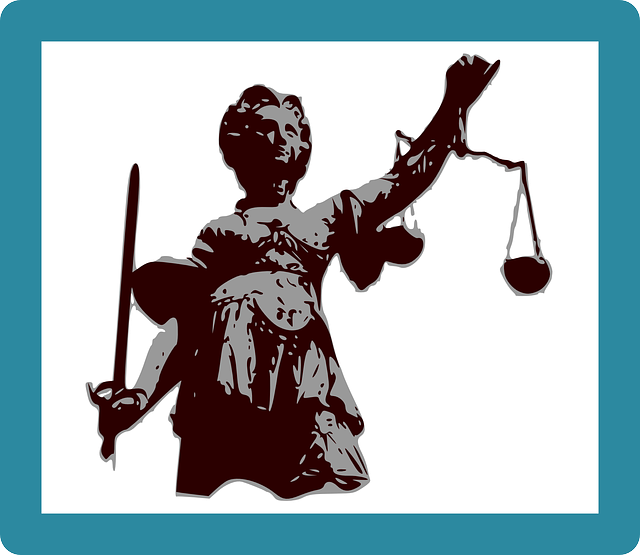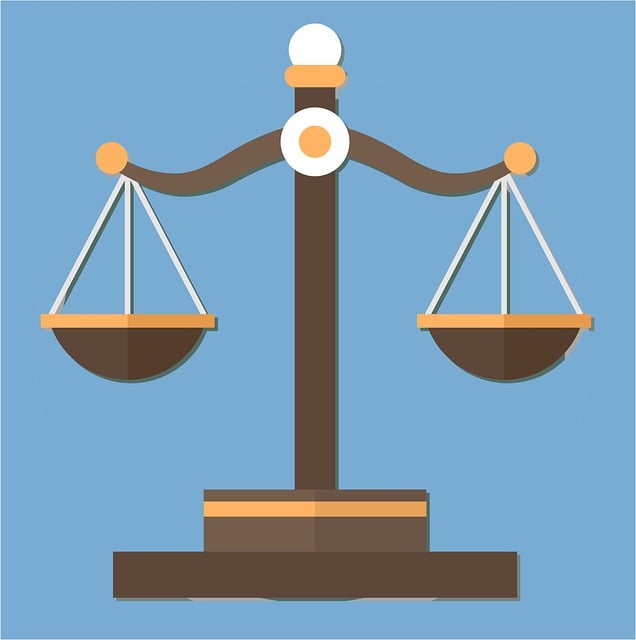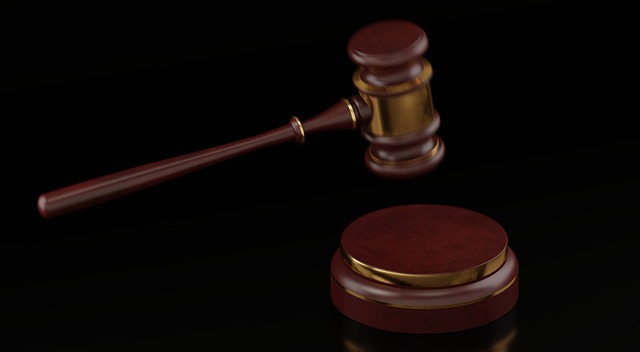The Steps in Administrative Law Proceedings offer a structured, transparent process for resolving disputes between individuals/corporations and government agencies. Initiated by a complaint or petition, it involves evidence gathering, investigations, legal arguments, and administrative hearings. After the hearing, an administrative law judge or panel makes a decision, which can be appealed to higher authorities. This process ensures fairness, allows for input from all stakeholders, facilitates justice in government decision-making, and plays a crucial role in white-collar and economic crime cases.
“Uncover the intricate world of litigation with a focus on Administrative Law, where processes play a pivotal role. This article navigates the complex landscape, shedding light on various types of administrative proceedings and their unique steps. From initial consultations to final resolutions, we explore how these cases unfold.
We’ll delve into common scenarios, dissecting each stage, from filing complaints to hearings and appeals. Gain insights into dispute resolution strategies and understand the potential outcomes. Master the art of navigating Steps in Administrative Law Proceedings for successful case management.”
- Understanding Administrative Law and Its Role in Litigation
- Common Types of Administrative Law Proceedings
- The Steps Involved in Each Type of Proceeding
- Resolving Disputes: Outcomes and Appeals
Understanding Administrative Law and Its Role in Litigation

Administrative law plays a pivotal role in litigation, especially in cases involving government agencies and their decisions. It’s a legal framework that governs the operations and procedures of administrative bodies, ensuring they act within their powers and in accordance with the law. Understanding these processes is crucial for anyone involved in litigation, particularly those engaged in white-collar defense strategies.
The steps in administrative law proceedings are structured to provide fairness and due process. They typically begin with an allegation or complaint, followed by an investigation where relevant facts are gathered. This stage is often critical, as it determines the strength of the case. Subsequent procedures may involve hearings, during which both parties present their arguments and evidence, leading up to a decision made by an administrative law judge or a designated authority. Unlike jury trials, these proceedings often focus on interpreting laws and regulations rather than determining guilt through a peer’s verdict.
Common Types of Administrative Law Proceedings

In the realm of administrative law, various proceedings are designed to address disputes between individuals or corporate and individual clients and government agencies. These processes often involve intricate steps aimed at ensuring fairness and transparency in decision-making. Common types include permit applications, license revocations, and appeals against regulatory decisions. Each procedure follows a structured path to resolve issues related to government actions, such as environmental permits, business licenses, or social welfare benefits.
The initial step typically involves filing a petition or request with the relevant administrative body. This is followed by a period where both parties submit evidence and arguments. Subsequently, an administrative law judge or panel conducts hearings, reviewing the facts and applicable laws to make a decision. This process allows for input from all stakeholders, ensuring that decisions are well-informed and just. Should either party disagree with the outcome, they may have the option to appeal to a higher authority, providing another layer of review and potentially avoiding indictment in certain cases.
The Steps Involved in Each Type of Proceeding

The steps in Administrative Law Proceedings vary from other legal processes due to their unique nature and purpose. These proceedings are typically initiated when an individual or entity seeks review or relief from a governmental agency’s decision or action. The process begins with the filing of a complaint or petition, outlining the grievance and requesting specific remedies. This is followed by a period where both parties gather and submit evidence, conduct investigations, and prepare legal arguments.
The heart of the matter lies in the administrative hearing where lawyers present their cases before an administrative law judge or panel. Here, each side has the chance to call witnesses, cross-examine opponents’ witnesses, and offer legal interpretations. Post-hearing, the judge or panel deliberates and renders a decision, often with detailed findings of fact and conclusions of law. This decision can then be appealed to higher administrative bodies or, in some cases, federal courts, depending on the jurisdiction and the nature of the dispute involving white collar and economic crimes. The entire process aims to ensure fairness and provide a mechanism for redress within governmental structures, engaging both philanthropic and political communities in the all stages of the investigative and enforcement process.
Resolving Disputes: Outcomes and Appeals
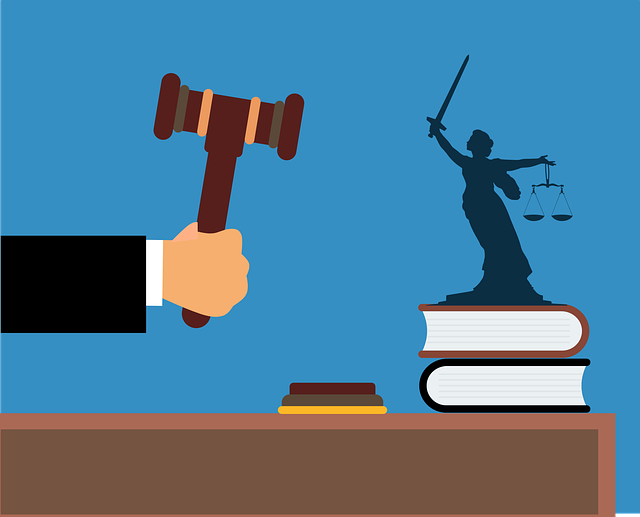
When disputes arise in legal matters, resolving them through appropriate channels is paramount. Litigation offers a structured process to address conflicts, with various types catering to different scenarios. The outcome of litigation can significantly impact an individual or entity’s future, which is why appealing decisions is a crucial step in ensuring justice. In the realm of administrative law, proceedings often follow specific steps, including hearings and reviews, designed to facilitate a fair resolution. These processes are essential for those facing charges, be it in general criminal defense or white-collar cases, as they provide an avenue for evidence presentation and argumentation.
The goal of these legal procedures is to arrive at just outcomes, which can result in the complete dismissal of all charges if the defendant’s arguments prevail. Appeals serve as a safeguard, allowing parties to challenge decisions made during litigation, ensuring that the final outcome aligns with the law and evidence presented. This two-pronged approach—resolving disputes through well-defined steps and providing avenues for appeal—is vital in maintaining the integrity of the legal system.
In understanding and navigating the complex landscape of administrative law, recognizing the various litigation types is paramount. From initial consultations to outcomes and appeals, each step in administrative law proceedings demands meticulous attention to detail. By familiarizing ourselves with common types and their processes, we empower ourselves to effectively resolve disputes, ensuring just and efficient resolutions. The insights gained from this article serve as a valuable guide, enabling professionals to confidently traverse the intricate tapestry of administrative law.
